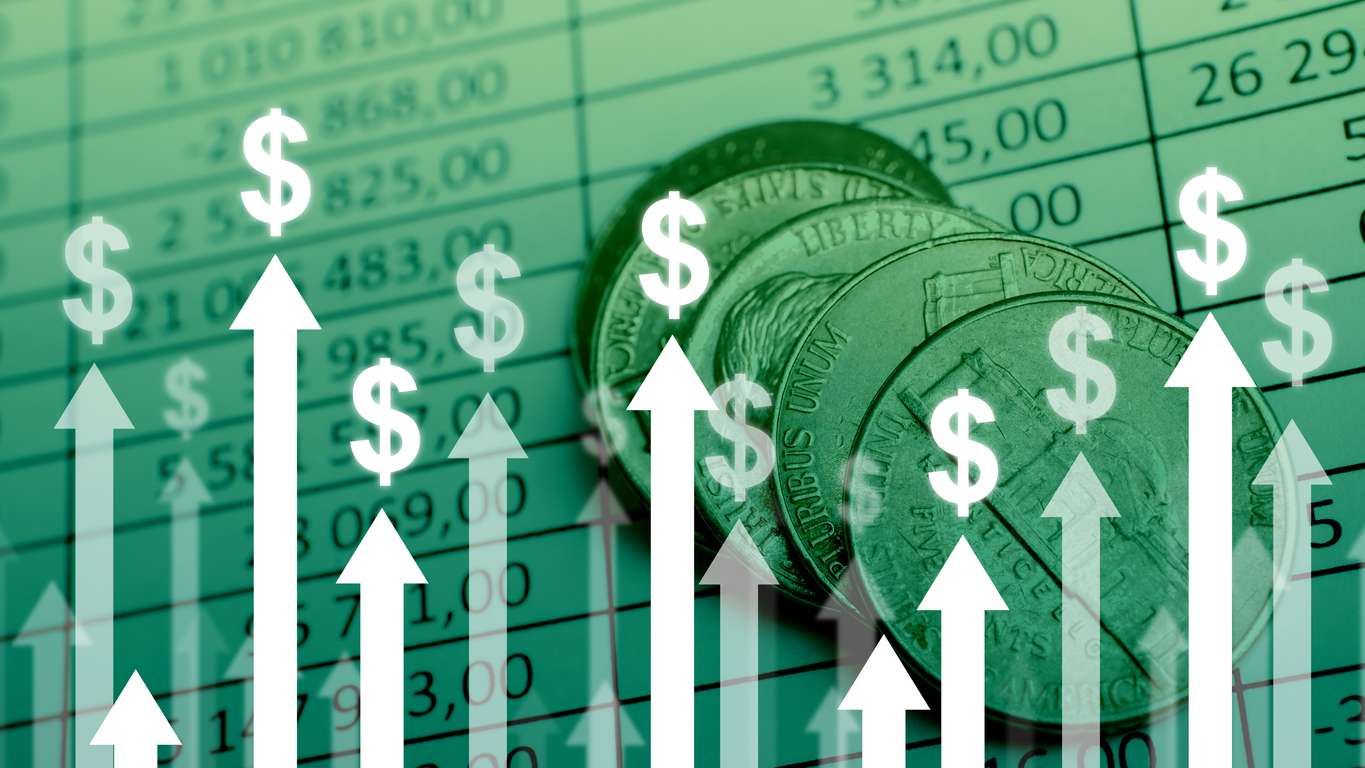Inflation in the United States showed promising signs of easing in July, with the Consumer Price Index (CPI) falling below 3% for the first time in over three years. The unexpected slowdown in price hikes could lead the Federal Reserve to cut interest rates as early as next month, potentially easing borrowing costs and providing a boost to economic growth.
According to the Bureau of Labor Statistics, consumer prices rose 2.9% over the past year, down from June’s 3% annual increase. On a monthly basis, prices ticked up by 0.2%, reversing a slight decline of 0.1% in the previous month. The primary driver of this increase was housing costs, with the shelter index climbing by 0.4%, accounting for nearly 90% of the overall monthly increase.

According to FactSet consensus estimates, economists had anticipated a 0.2% monthly rise and a 3% annual increase. Meanwhile, core CPI, which strips out the volatile categories of food and energy, also rose by 0.2% from June, with its annual rate slowing to 3.2% from 3.3%—the lowest rate since April 2021. Various financial experts said these figures suggest that the inflationary surge seen earlier this year is beginning to wane.
This latest report builds on June’s positive data, which saw the overall CPI decline for the first time since April 2020. The steady cooling of inflation has given the Federal Reserve and financial markets increasing confidence that the worst inflationary pressures may be behind us.
However, the Federal Reserve has been cautious, holding off on reducing interest rates until there was more consistent evidence of sustained progress in curbing inflation. However, recent developments in the labor market, including a weaker-than-expected jobs report for July—where only 114,000 jobs were added, and unemployment rose to 4.3%—have shifted the landscape.
Financial experts said those labor market weaknesses have reignited fears of a potential recession, leading to heightened expectations that the Fed could begin cutting rates as soon as next month. Reducing interest rates would bring much-needed relief to borrowers, particularly those with mortgages, credit cards, and auto loans. Analysts predict the Fed will likely start with a modest rate cut, possibly around 0.5 percentage points.
Even with potential rate cuts on the horizon, experts predicted that high-yield savings accounts, which currently offer some of the best rates at up to 5.35%, are expected to remain attractive. Certificates of deposit (CDs), which have been popular amid the high-interest-rate environment, may still offer favorable returns. However, financial experts advise caution in locking long-term high-yield CDs ahead of potential rate reductions.
As the Fed’s decision looms, consumers are advised to focus on paying down credit card debt to position themselves favorably for improved borrowing conditions. Mortgage rates, currently averaging 6.55% for a 30-year fixed-rate loan, have already spurred a 16% surge in refinancing demand, according to the Mortgage Bankers Association. A possible rate cut by the Fed could push mortgage rates even lower, making now a suitable time for homeowners and prospective buyers to consider refinancing.
The automotive sector has also seen fluctuations, with the average interest rate for new vehicle loans in July at 9.72%, down from 10% in June but still higher than a year ago. The average monthly auto loan payment rose slightly to $727. As dealerships clear out inventory for new models in the coming months, consumers may find opportunities for discounts.
President Joe Biden responded to the July inflation report, highlighting the progress made in controlling inflation. “Today’s report shows that we continue to make progress fighting inflation and lowering costs for American households. Inflation has fallen below 3%, and core inflation is at its lowest level since April 2021. While there’s still more work to do, we are seeing real progress, with wages rising faster than prices for 17 consecutive months,” Biden stated.
The President also criticized large corporations for maintaining high prices despite record profits and emphasized ongoing efforts to reduce costs for American families. “We are taking on Big Pharma to lower prescription drug prices, cutting red tape to build more homes, and tackling price gouging to reduce everyday costs from groceries to air travel,” Biden added. He contrasted these efforts with Republican proposals, which he claimed would raise prices for middle-class families while cutting taxes for the wealthy and large corporations, vowing to continue fighting for economic progress.
“While they try to take us back, we will fight for the future.” Biden declared.
By: Stacy M. Brown, NNPA Newswire Senior National Correspondent








